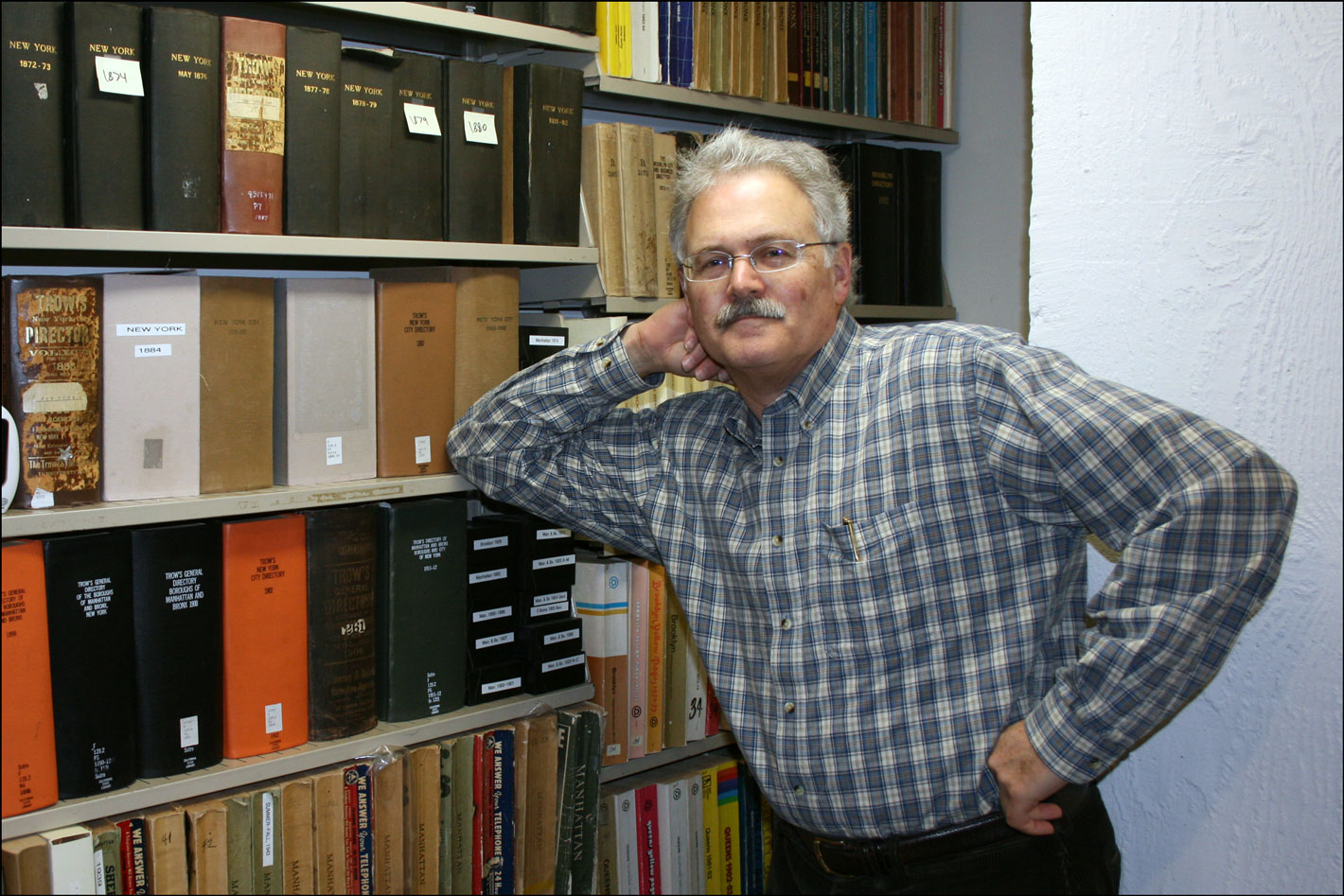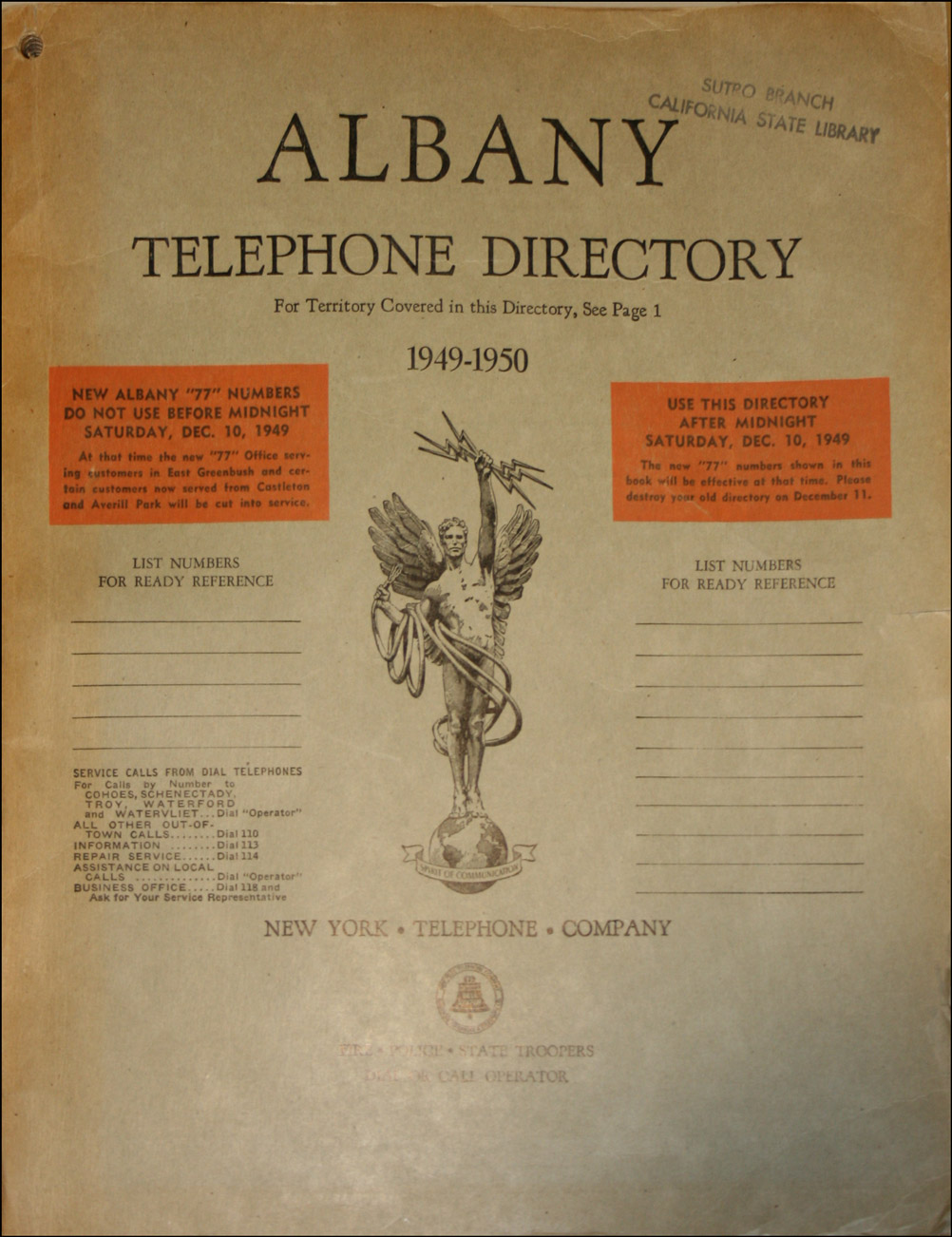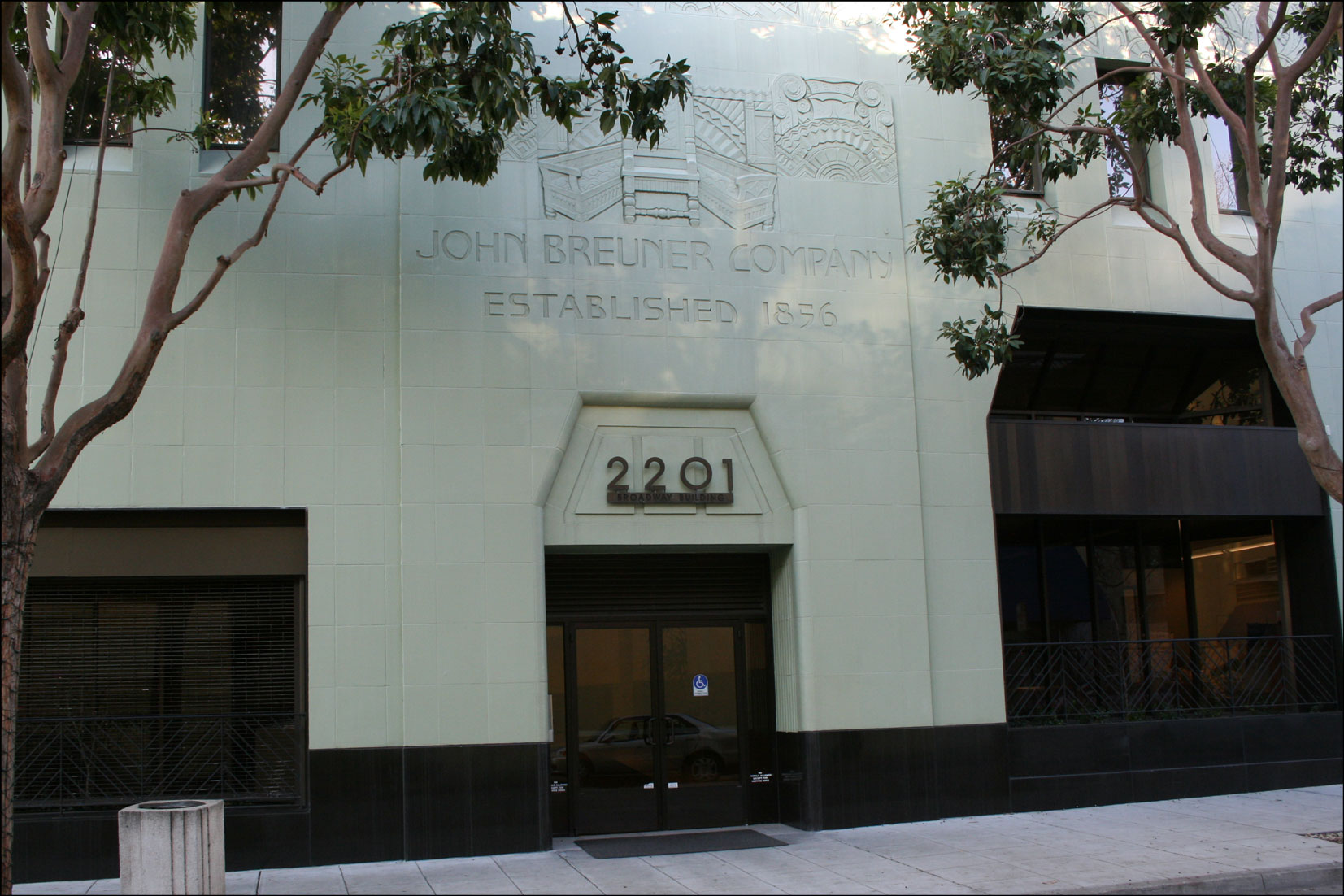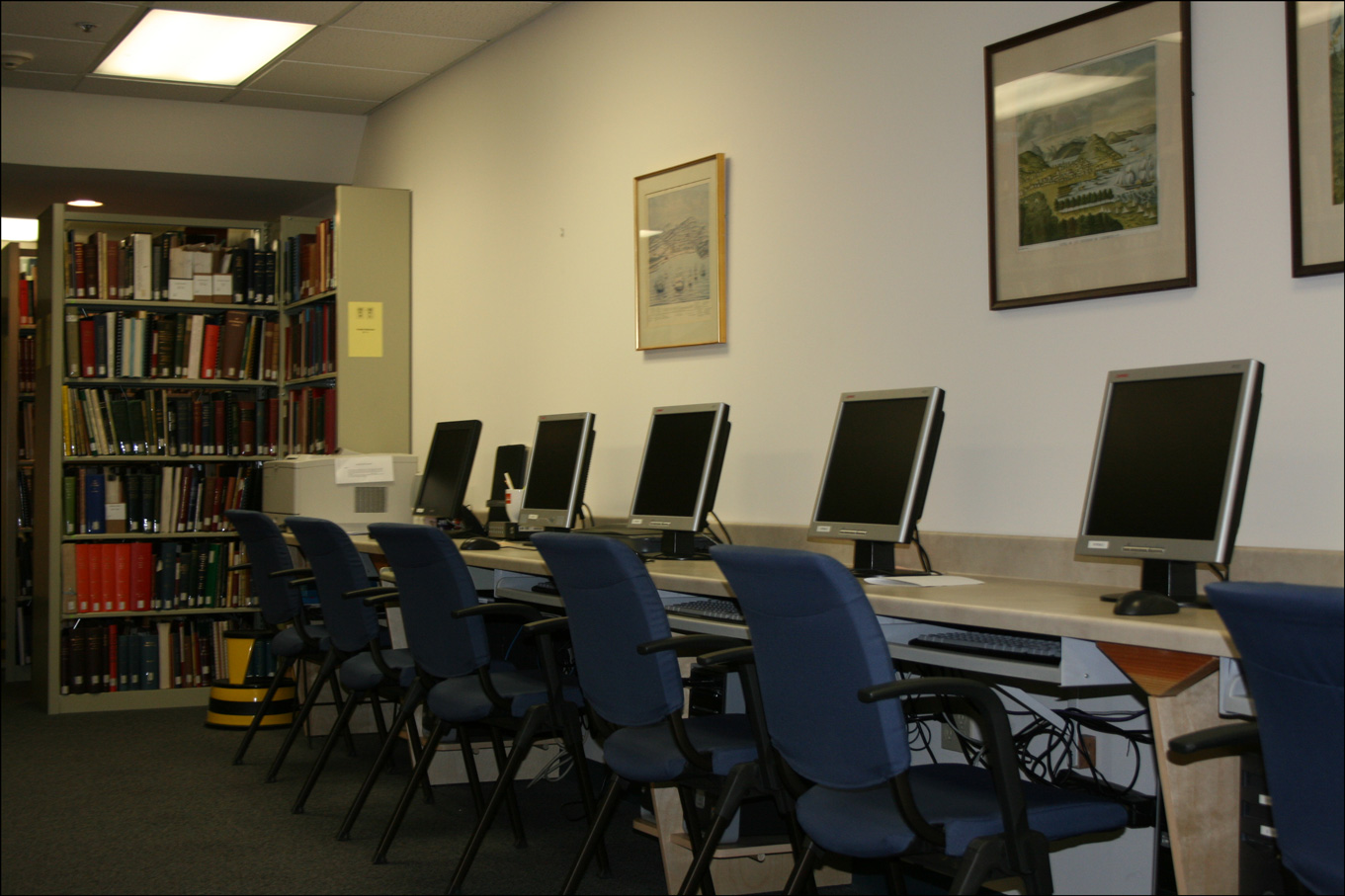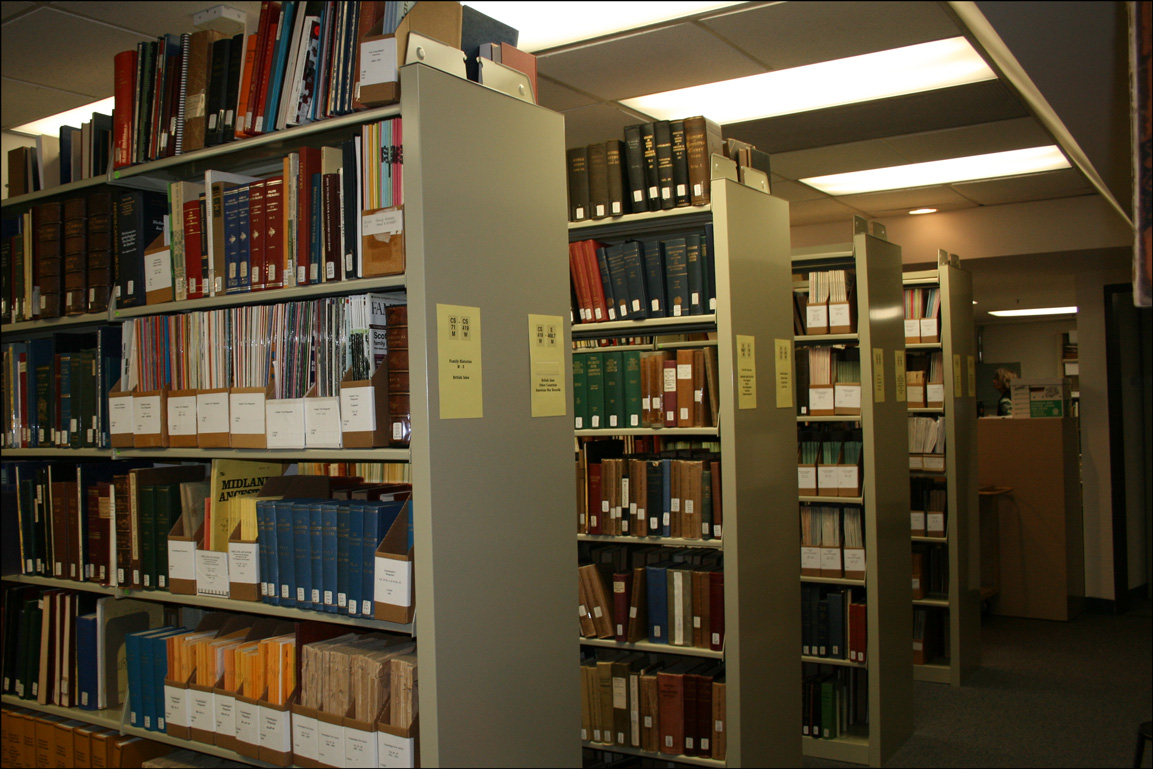When I visited the grave of James and William Hoey in 2005, I obtained a copy of the cemetery record for the lot.
The Cemetery Record of James and William Hoey – Page 1
The Cemetery Record of James and William Hoey – Page 2
SOURCE: The Cemetery Record of James and William Hoey. St. John’s Cemetery, Worcester, Worcester County, Massachusetts. Record printed on 09 Sep 2005.
The cemetery record shows that:
James R. Hoey was buried on 10 Jan 1962 in Lot 682 1N/RD
Lot 682 1S/OT is reserved
William J. Hoey was buried on 14 Sep 2004 in Lot 682 1S/EXAll plots are in the Shrine Holy Family section of St. John’s Cemetery.
Click on the link for a PDF copy of the Cemetery Record of James and William Hoey.
The record indicates that the lots were purchased by John W. and Anna M. Hoey, residing at 18 Christine Street, Worcester, MA. They purchased the property on 08 Jan 1962, apparently on the occasion of the death of their son James, who was buried two days later. They paid $350 on 03 Feb 1962. The property included 3 spaces and 2 burial spaces in a 6 x 8 area, suggesting that the burials were made one deep in one place and two deep in the other.
John and Anna Hoey also purchased the next lot, number 683, at the same time.
Copyright © 2008 by Stephen J. Danko





